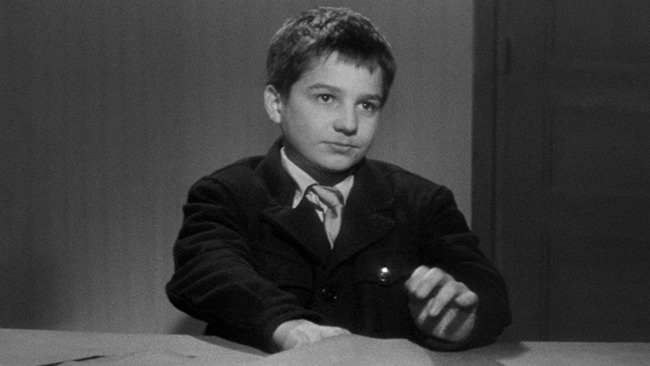Sight & Sound Poll 2012: The 400 Blows

Every ten years since 1952, the world-renowned film magazine Sight & Sound has polled a wide international selection of film critics and directors on what they consider to be the ten greatest works of cinema ever made, and then compiled the results. The top fifty movies in the 2012 critics’ list, unveiled August 1, include twenty-five Criterion titles. In this series, we highlight those classic films.
François Truffaut’s breakout feature debut, The 400 Blows, is famous for jump-starting both the New Wave and the career of one of the most important filmmakers who ever lived. But it’s also noteworthy for introducing the world to Jean-Pierre Léaud, fourteen at the time, who embodied the indelible character Antoine Doinel with an intuition and honesty remarkable for a child actor. As cinema’s preeminent lost boy, his predicaments based in part on Truffaut’s own childhood experiences in Paris, Léaud is both melancholy and mischievous, street-smart yet naive about a world run by bafflingly neglectful adults. Despite his occasional petty larceny or hooky playing, Antoine is a good kid. One of the film’s themes is that his inherent decency makes him something of an outcast from society, and indeed, throughout the series of films Truffaut would make about the character, he’s a bit of a loner. Late in The 400 Blows, after he is arrested for stealing a typewriter, Antoine is taken to a juvenile detention center and questioned by a psychiatrist. In one of the most memorable passages in the film, the camera stays fixed on him in the cold interrogation room, and through a series of fragmenting dissolves, Antoine answers questions about his past asked by an off-screen female voice. It’s unclear how much of what he tells the woman is true, but Léaud’s persuasive performance makes us want to believe it all.




